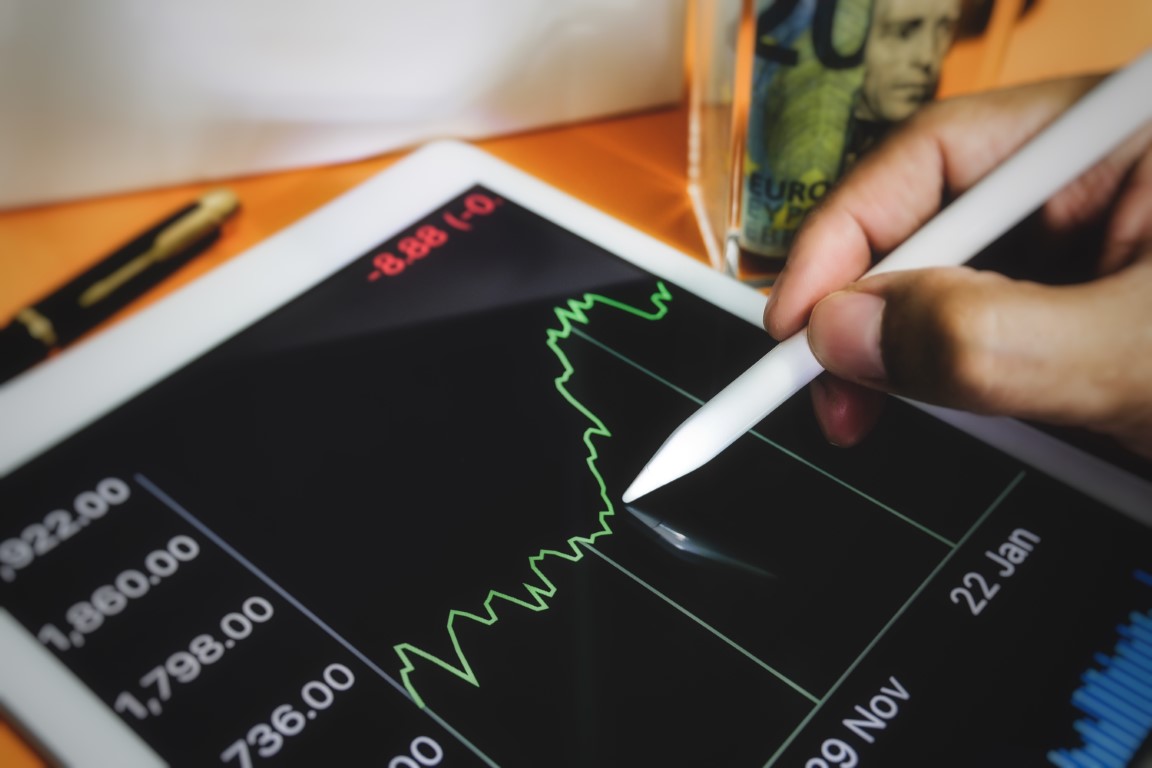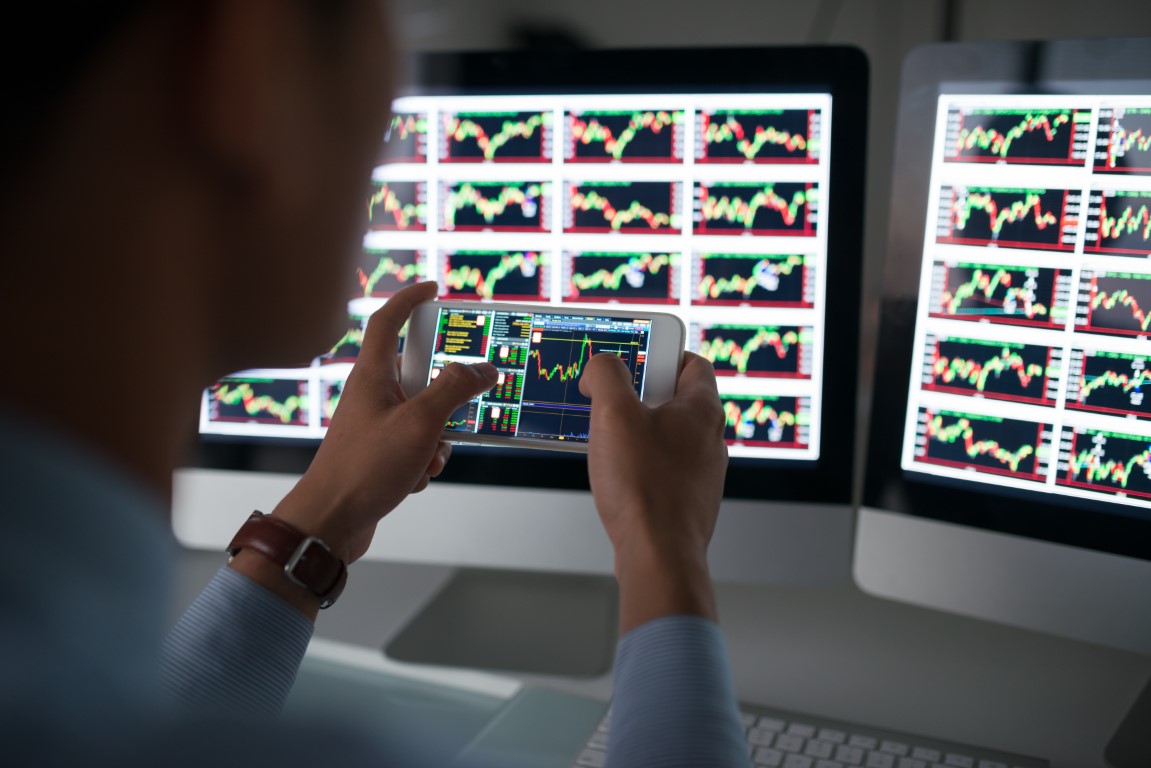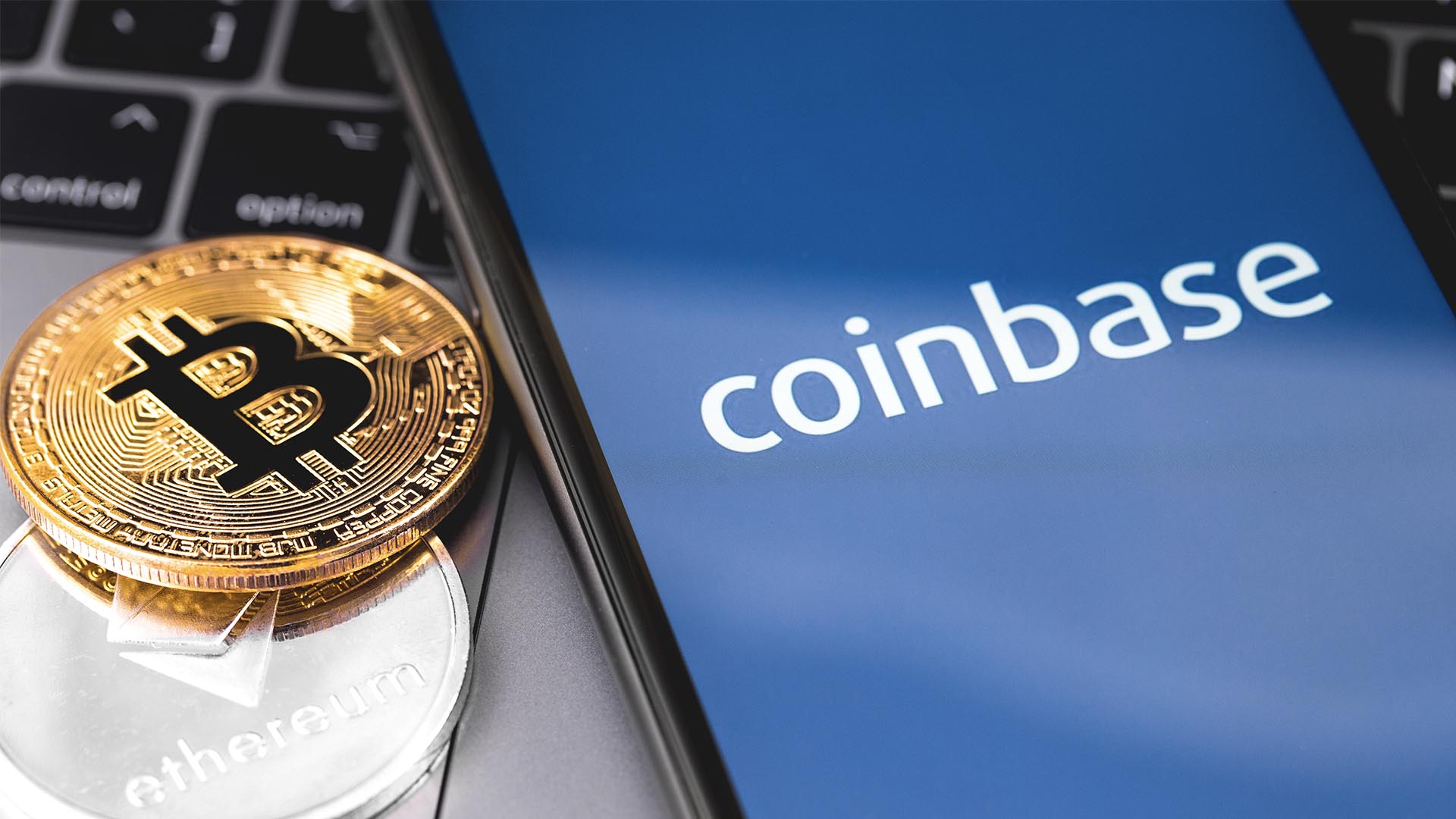If you are wondering what exactly happened at the beginning of the year to let the markets off their leash there might be a key change you should consider. We talked a bit about this in a video chat back in January (you can see it here) but it is clear that it is playing out.
To understand this factor, we have to have a sense of what makes up the trading volume that moves the markets. About 90% of the volume traded on the markets is institutional money. That means it is professional traders and algorithms that trade huge lots look at the market much different than retail traders (you and me) who make up about 10% of the volume. Retail traders tend to be significantly more optimistic than institutional traders. This means they buy and trade expecting their stock to rise much more than sell or short expecting it to go down. In fact, the institutional trades even look at what retail traders are buying as a way to spot stocks that have a better chance of going up.
If you start to think about that for a minute, you can see some dynamics that logically form. First, institutional money really moves the markets. A huge portion of that trading is automated and based on systems that are triggered by events in the market or that may effect the market. And while most of those programs are not based on any one event, indicator or pattern, significant events (like crossing a key moving average in a major index) may trigger many of the other considerations those programs look at.
After a record year of growth in the market in 2021 we saw some clouds on the horizon. The recovery from the pandemic (which pushed the market way down in 2020 and gave it room to rebound massively) was pretty much over. There is no normal, but the madness we are seeing now is pretty much what we are looking at for a while. the feeling that this will go away has… well… gone away.
Add to that actions by the Feds to adjust their stance and it really changed the outlook for the institutional traders. They waited til the beginning of the year (maybe for bonus reasons, earnings, taxes) and then started adjusting their algorithms.
And while we keep referring to “them” it is much more than any one person and when all of those humans start to make a new guess at where things are going it creates volatility. Take a look at the VIX:


Not only did we see it hit a high that it hadn’t seen in well over a year, it formed a double top that both sets up a new point of resistance also is a new red alert level that if we cross that line, things could get really wild. More realistically, we are looking at the green trend line here and the fact that we are seeing support at the 50 day moving average. This shows that we can expect things to keep thrashing for awhile as all of these big trading systems try to adjust to the new reality.
For retail traders, this means the 90% that is figuring things out could decimate one of the 10% people who think they found the right stock to buy. Fortunately, with all of the changes in trading in the last few years, the average Joes like us have more ways than ever to not only protect the accounts we have been working to trade, we can even use this volatility to our advantage.
There are a number of options strategies that excel when the market starts to churn, just like it is now, and when you know how to put them to work, your profit potential rises in wild markets. If you want to dig in to how that works, grab Chuck Hughes‘ Options Trading Make Easy. He goes through the basics but also walks through strategies that harness the volatility we are watching right now.
Keep learning and trade wisely,
John Boyer
Editor
Market Wealth Daily











Recent Comments